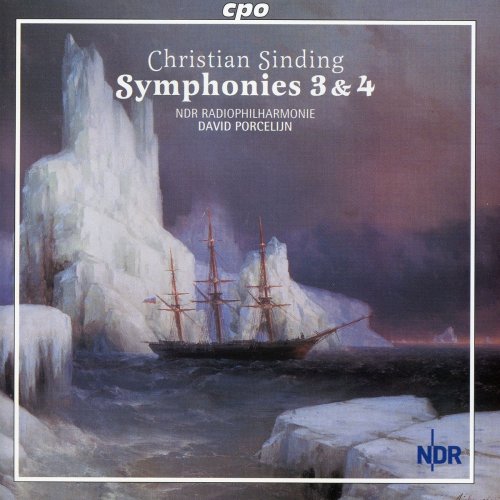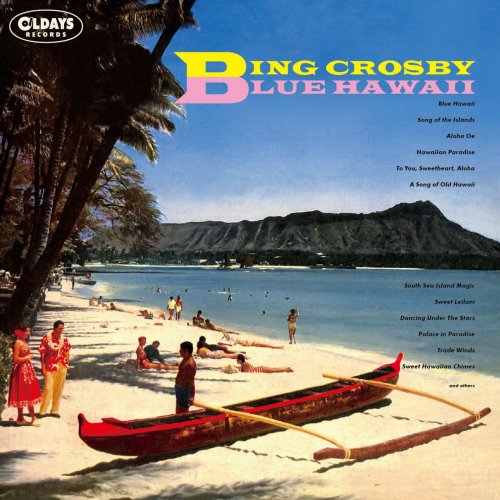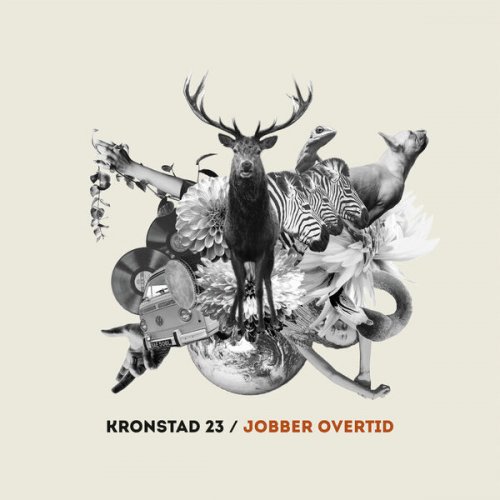David Porcelijn - Sinding: Symphonies 3 & 4 (2013)

Artist: David Porcelijn
Title: Sinding: Symphonies 3 & 4
Year Of Release: 2013
Label: CPO
Genre: Classical
Quality: FLAC (tracks)
Total Time: 76:27 min
Total Size: 352 MB
WebSite: Album Preview
Tracklist:Title: Sinding: Symphonies 3 & 4
Year Of Release: 2013
Label: CPO
Genre: Classical
Quality: FLAC (tracks)
Total Time: 76:27 min
Total Size: 352 MB
WebSite: Album Preview
01. Symphony No. 3 in F Major, Op. 121: I. Con fuoco
02. Symphony No. 3 in F Major, Op. 121: II. Andante
03. Symphony No. 3 in F Major, Op. 121: III. Allegro
04. Symphony No. 3 in F Major, Op. 121: IV. Non troppo allegro
05. Symphony No. 4, Op. 129, "Vinter og vår": I. Maestoso
06. Symphony No. 4, Op. 129, "Vinter og vår": II. Andante
07. Symphony No. 4, Op. 129, "Vinter og vår": III. Moderato
08. Symphony No. 4, Op. 129, "Vinter og vår": IV. Vivace
09. Symphony No. 4, Op. 129, "Vinter og vår": V. Largamente
10. Symphony No. 4, Op. 129, "Vinter og vår": VI. Andante
11. Symphony No. 4, Op. 129, "Vinter og vår": VII. Non troppo allegro
Norwegian composer Christian Sinding was winding down his long career when he wrote the Symphony No. 3 in F, Op. 121, and Rhapsody for Orchestra: Vinter og Vår heard here. CPO has elected to refer to the latter work as Sinding's Symphony No. 4, even though the work is laid out in seven short movements and is more of a tone poem or suite. The eminent Dutch conductor David Porcelijn takes the Radio-Philharmonie Hannover des NDR through these obscure scores so that listeners can hear what they sound like.
"Meistersinger-lite" is the phrase that to mind upon hearing Sinding's Third, which sounds in the first movement like a gentle Norwegian breeze wafting through a Wagnerian Valhalla. The piano piece Rustles of Spring, Op. 32/3, is Sinding's most famous work, and indeed there is a lot of "rustling" going on in Sinding's Third as well -- long chains of busy sixteenth notes flittering by as chorale-like chords are sounded in the winds and brass. The Radio-Philharmonie Hannover des NDR does a noble job of playing this music, but coordination of the various elements of orchestration seems to have been a problem at times.
The Sinding Symphony No. 3 is at least interesting and pleasing-sounding in spots; the slow movements tend to wander and there is little to perk up one's ears there. The Rhapsody is less so; during the slow movements, it goes completely dead in terms of forward motion. Though neither work is particularly compelling, one is grateful for having the opportunity to hear such music; admittedly some ears might find Sinding's efforts friendlier, but this is minor music that is obscure for a good reason.
"Meistersinger-lite" is the phrase that to mind upon hearing Sinding's Third, which sounds in the first movement like a gentle Norwegian breeze wafting through a Wagnerian Valhalla. The piano piece Rustles of Spring, Op. 32/3, is Sinding's most famous work, and indeed there is a lot of "rustling" going on in Sinding's Third as well -- long chains of busy sixteenth notes flittering by as chorale-like chords are sounded in the winds and brass. The Radio-Philharmonie Hannover des NDR does a noble job of playing this music, but coordination of the various elements of orchestration seems to have been a problem at times.
The Sinding Symphony No. 3 is at least interesting and pleasing-sounding in spots; the slow movements tend to wander and there is little to perk up one's ears there. The Rhapsody is less so; during the slow movements, it goes completely dead in terms of forward motion. Though neither work is particularly compelling, one is grateful for having the opportunity to hear such music; admittedly some ears might find Sinding's efforts friendlier, but this is minor music that is obscure for a good reason.

![Eyal Talmudi - Sonolodge III (2025) [Hi-Res] Eyal Talmudi - Sonolodge III (2025) [Hi-Res]](https://www.dibpic.com/uploads/posts/2025-12/1765452900_lx0qd5oe5d27jughu8ket317s.jpg)

![Amira Kheir - Black Diamonds (2025) [Hi-Res] Amira Kheir - Black Diamonds (2025) [Hi-Res]](https://www.dibpic.com/uploads/posts/2025-12/1765640459_tf7wrmc9lqmqc_600.jpg)


![Zamballarana - Sirena (2025) [Hi-Res] Zamballarana - Sirena (2025) [Hi-Res]](https://www.dibpic.com/uploads/posts/2025-12/1765620486_bhmusoyvnhizd_600.jpg)

